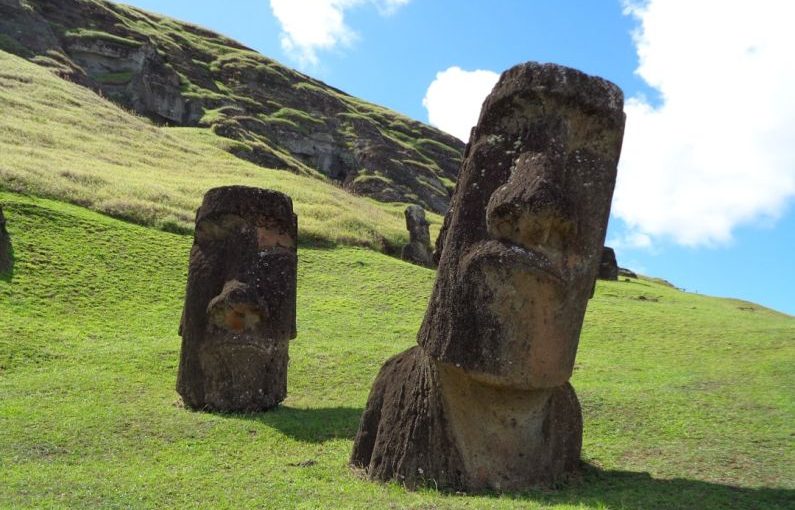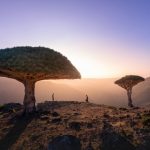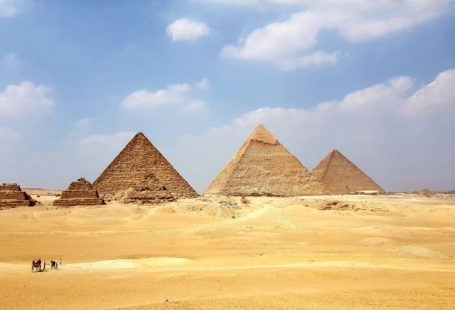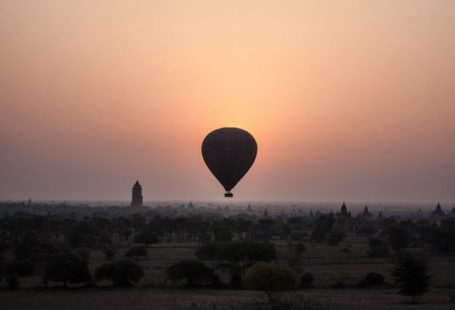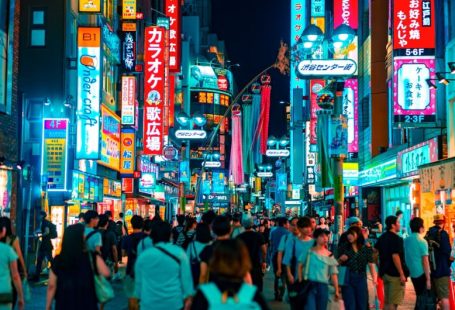Nestled in the heart of the vast Pacific Ocean, lies a remote and enigmatic island that has fascinated travelers and researchers for centuries. Destination 39, known to the world as Easter Island, is a place shrouded in mystery and wonder. This tiny speck of land, located over 2,000 miles off the coast of Chile, is synonymous with its iconic stone statues, known as moai, that stand sentinel over the island’s rugged landscape.
Unraveling the Mysteries of the Moai
The moai are perhaps the most enduring symbol of Easter Island. These monolithic statues, carved from volcanic rock, are scattered across the island, each one a silent guardian of the island’s secrets. Standing as tall as 33 feet and weighing up to 82 tons, the moai are a testament to the ingenuity and craftsmanship of the island’s ancient inhabitants. Despite their imposing presence, the true purpose of the moai remains a subject of speculation and debate.
Some theories suggest that the moai were created to honor ancestors or important chiefs, while others believe they served a more spiritual or ritualistic purpose. The intricate carvings on the backs of some moai have led researchers to hypothesize that they may have been intended to harness spiritual energy or serve as a link between the earthly and divine realms. Whatever their original purpose, the moai continue to captivate visitors with their enigmatic gaze and stoic presence.
Exploring the Rapa Nui Culture
The moai are not the only remnants of Easter Island’s rich cultural heritage. The island is also home to a vibrant and resilient indigenous community known as the Rapa Nui. Despite centuries of colonization and isolation, the Rapa Nui people have preserved their language, traditions, and way of life, offering visitors a glimpse into a culture that is as unique as it is enduring.
One of the best ways to experience the Rapa Nui culture is through traditional dance and music performances, where locals showcase their rhythmic dances and haunting melodies. Visitors can also sample traditional cuisine, such as ceviche made with fresh seafood or empanadas filled with local ingredients. Exploring the island’s numerous archaeological sites, including ancient settlements and ceremonial platforms, provides further insight into the history and customs of the Rapa Nui people.
Immersing in Natural Beauty
Beyond its cultural treasures, Easter Island boasts a stunning natural landscape characterized by rugged coastlines, lush valleys, and volcanic craters. Visitors can hike along the island’s rugged coastline, where dramatic cliffs plunge into the azure waters of the Pacific Ocean, or explore the island’s interior, where rolling hills are dotted with wild horses and grazing sheep.
One of the island’s most iconic natural features is Rano Kau, a massive volcanic crater that is home to a pristine freshwater lake. Hiking to the rim of Rano Kau offers breathtaking views of the crater and the surrounding landscape, providing a glimpse into the island’s turbulent geological past. Another must-see natural wonder is Anakena Beach, a pristine stretch of white sand fringed by swaying palm trees, where visitors can relax and soak up the island’s tranquil atmosphere.
Preservation and Sustainability Efforts
As an increasingly popular tourist destination, Easter Island faces the challenge of balancing preservation with sustainable tourism. The delicate ecosystem of the island is vulnerable to the impact of increased visitor numbers, leading local authorities and conservation groups to implement measures to protect the island’s natural and cultural heritage.
Efforts to limit the number of visitors to sensitive sites, promote responsible tourism practices, and support local initiatives aimed at preserving the island’s unique ecosystem are crucial to ensuring that future generations can continue to enjoy the wonders of Easter Island. By supporting sustainable tourism practices and respecting the island’s cultural traditions, visitors can play a vital role in preserving the legacy of this enigmatic destination for years to come.
Embracing the Spirit of Easter Island
Easter Island is more than just a collection of stone statues; it is a place of profound beauty, mystery, and resilience. From the ancient moai to the vibrant Rapa Nui culture and the stunning natural landscapes, the island offers visitors a chance to connect with a history that is as intriguing as it is enduring. By immersing themselves in the spirit of Easter Island, travelers can gain a deeper appreciation for this remote and enigmatic destination that continues to capture the imagination of all who visit.
